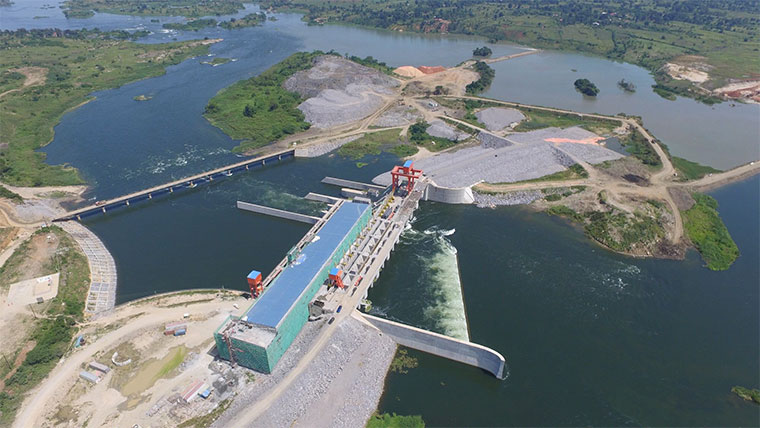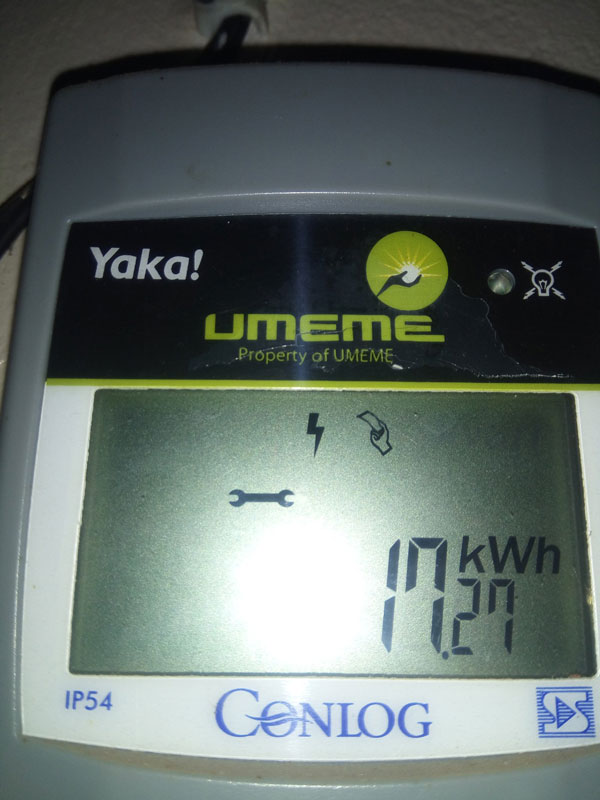The Isimba hydroelectric dam, a crucial infrastructure project located between Kayunga and Kamuli districts in Uganda, is slated for temporary closure later this year to address technical and structural defects identified by experts. This decision marks the second shutdown within two years, with the closure planned for August-September to coincide with the full integration of the Karuma hydro-dam power into the national grid.
Constructed by the China International Water and Electric Corporation (CIWE) at a cost of $570 million, mostly financed through a loan from China’s Export-Import (EXIM) Bank, the Isimba plant was commissioned in anticipation of the 2021 elections. However, a growing list of engineering and operational flaws has raised concerns among industry stakeholders and experts, questioning whether the inauguration of this critical infrastructure was expedited for political reasons.
Planned remedial works during the temporary closure include addressing issues such as fixing water inflow gates, replacing roof panels, installing guard lines, and conducting concrete erosion repairs beneath the spillway gates. Discussions are ongoing regarding the best approach to tackle the concrete erosion, with considerations ranging from rebuilding or repairing buffer locks to redesigning them for improved performance.
The necessity for these repairs will require the dam to be shut down for three months or more, affecting power generation during this period. Previous shutdowns, such as the one in August 2022, have highlighted the challenges of maintaining operational efficiency amidst technical issues, with the flooding of the powerhouse causing temporary blackouts in parts of the country.
Despite ongoing discussions between Uganda Electricity Generation Company Ltd (UEGCL) and CIWE regarding the necessary remedial works, disagreements persist over the timeline and funding for these repairs. CIWE representatives have expressed frustration over delays in addressing the defects, citing financial constraints and bureaucratic hurdles.
Both UEGCL and CIWE acknowledge the importance of resolving these issues promptly to ensure the long-term viability and safety of the dam. However, concerns remain regarding the lack of a definitive timeline for completing the repairs and the potential impact on Uganda’s power supply.




















